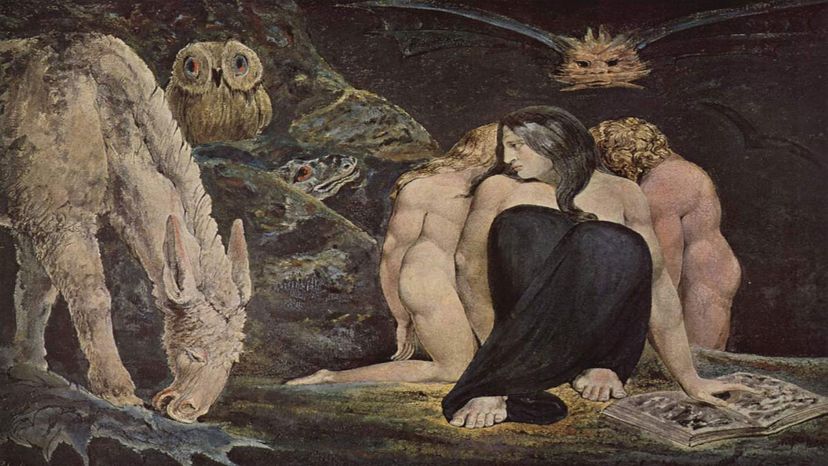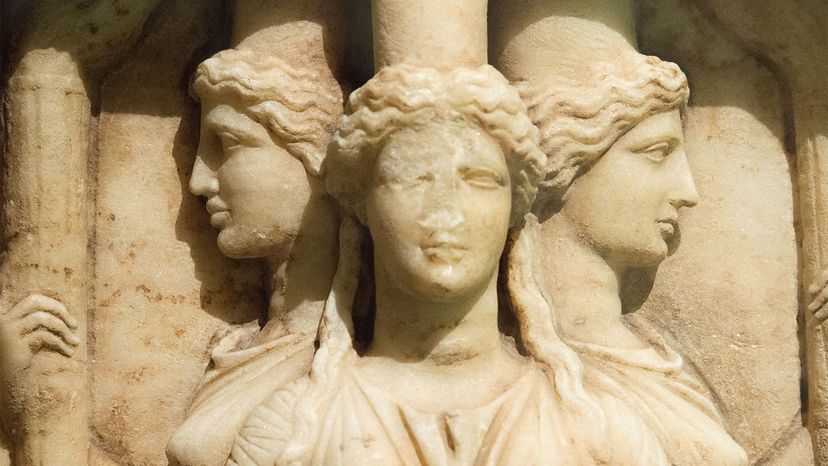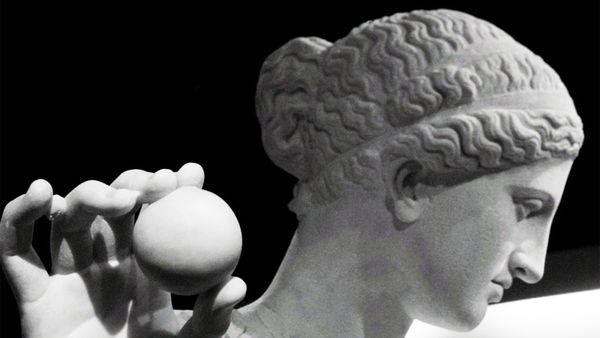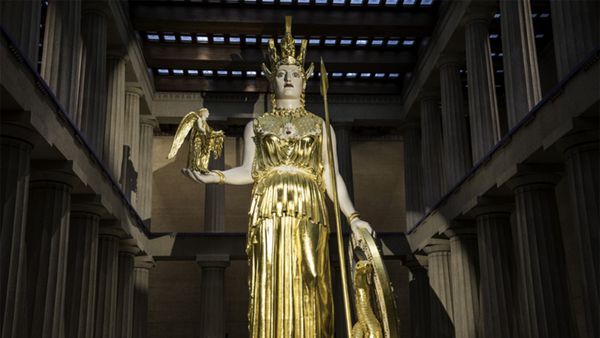
Triple-faced and triple-bodied, Hekate (also sometimes spelled "Hecate") is a goddess of crossroads who presents a different form to each direction. This is a fitting depiction, as Hekate also seems to present a different visage to the varying times and cultures that consider her.
This statement is true of most gods and goddesses. Divine beings, after all, have no objective reality. They reside within human imagination, tradition and literature. Their roles, stories and manifestations change over time and whatever stability they have stems from anchoring orthodoxies, texts and visual works.
Advertisement
For many gods and goddesses in the Greek tradition, Hesiod's eighth-century B.C.E. poem "Theogony" is just such a work. The Greek poet drew on varying traditions to present a synthesized genealogy for everyone from Aglaea to Zeus. Not only does Hesiod mention Hekate in her earliest surviving literary appearance, the poet also devotes a seemingly disproportionate amount of space to her praise.
As pointed out by Jenny Strauss Clay in "The Hecate of the Theogony," Hesiod's "Hymn to Hekate" has even stood out to some historians as a possible insertion as "Hesiod appears to drop everything in order to launch into an extended encomium of Hekate."
The "Theogony" describes the goddess as an honorable and influential figure in the Greek pantheon. Her power, it relates, predates the rise of Zeus and his Olympians, but Hekate avoids the fate of the titans who opposed the new gods. Zeus, Poseidon and their kin certainly surpass her, but she still retains influences in multiple spheres, including the sea, childbirth and herding.
Advertisement



